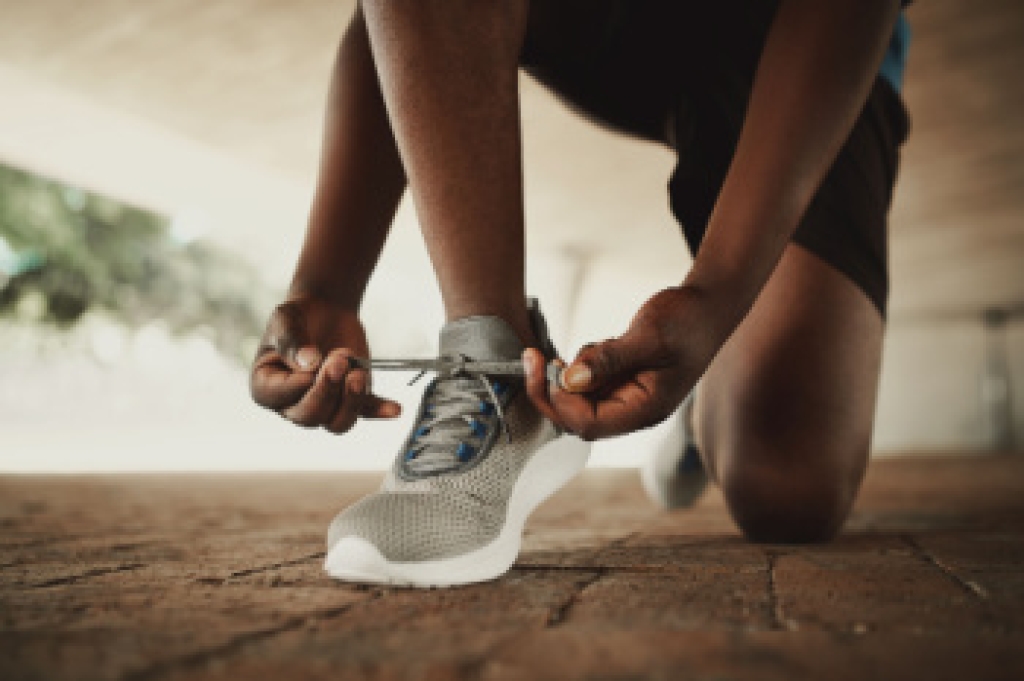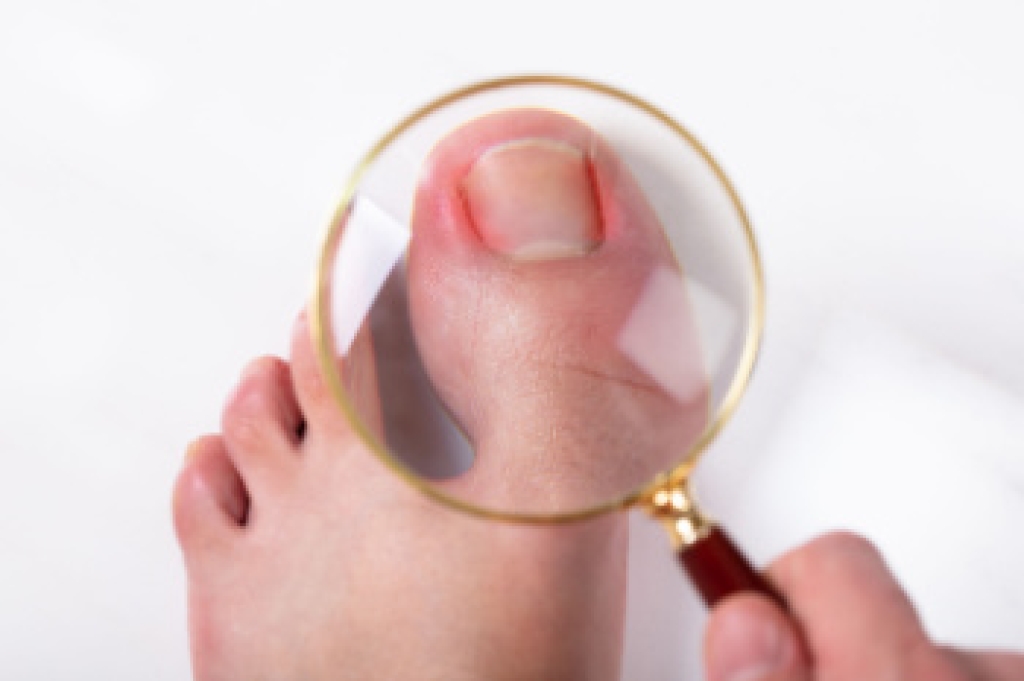
Wearing shoes that do not fit properly can cause more than just temporary discomfort. Over time, tight, loose, or unsupportive footwear can lead to a range of painful foot problems. Common issues include blisters, calluses, corns, and ingrown toenails, as well as more serious conditions, such as bunions, hammertoes, and plantar fasciitis. Wearing ill-fitting shoes can also alter natural walking patterns, creating strain on the ankles, knees, hips, and lower back. Choosing footwear that supports the shape of your foot, provides proper cushioning, and allows enough space for your toes to move freely is essential for maintaining foot health. Custom orthotics may be recommended for individuals with structural imbalances or chronic pain. If you experience ongoing soreness or changes in your feet, it is suggested that you consult a podiatrist for a professional assessment and guidance on selecting shoes that promote comfort, balance, and long-term mobility.
Finding a properly-fitting shoe is important in reducing injuries and preventing foot problems. For more information about treatment, contact one of our podiatrists from APEX Foot & Ankle Center. Our doctors will treat your foot and ankle needs.
Proper Shoe Fitting
A common concern when it comes to foot health, having properly fitted shoes can help prevent injuries to the foot. Out feet affect our posture and gait, which in turn affects the biomechanics and overall bodily structure. With 33 joints, 26 bones, and over 100 ligaments, the potential for serious injury is much greater than one realizes. Although the feet cease growth in adulthood, they still change shape as they mature. Here are some factors to consider when it comes to investing in proper fitting shoes:
- Be sure the shoes fit correctly right away
- Ensure the ball of your foot fits comfortably in the widest portion of the shoes
- Even though they may look fashionable, improper fitting shoes can either create adverse conditions or exacerbate existing ones you may already have
- Walk along a carpeted surface to ensure the shoes comfortably fit during normal activity
Keeping in mind how shoes fit the biomechanics of your body, properly-fitting shoes are vitally important. Fortunately, it is not difficult to acquire footwear that fits correctly. Be sure to wear shoes that support the overall structure of your body. Do your feet a favor and invest in several pairs of well-fitted shoes today.
If you have any questions, please feel free to contact our offices located in Fort Myers, Shellpoint, and Naples, FL . We offer the newest diagnostic and treatment technologies for all your foot care needs.



